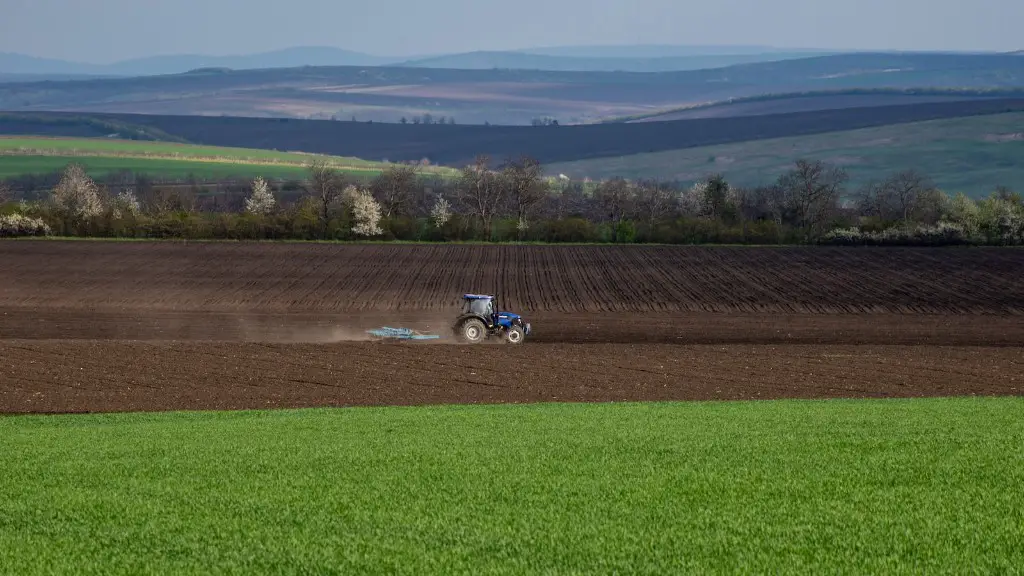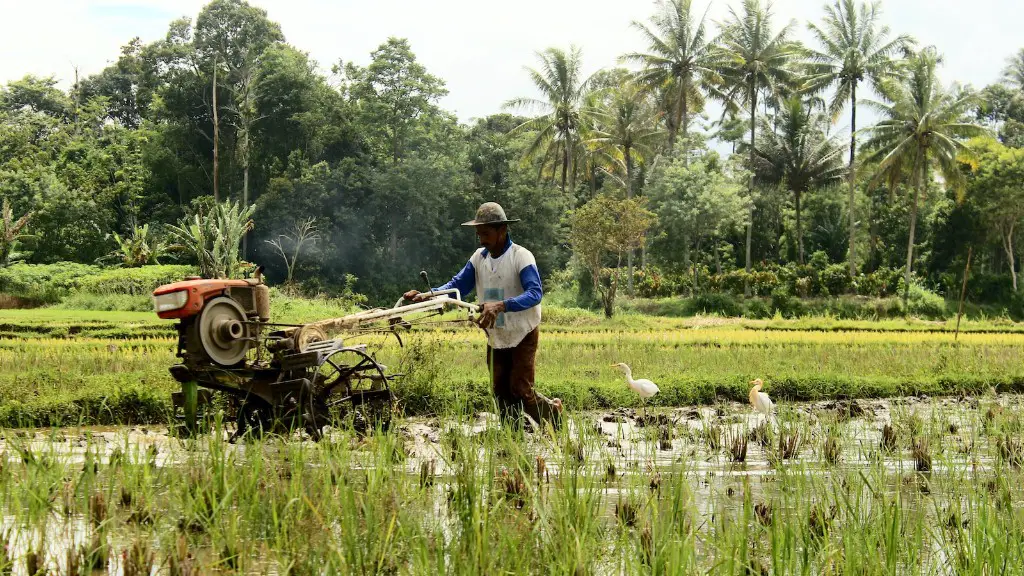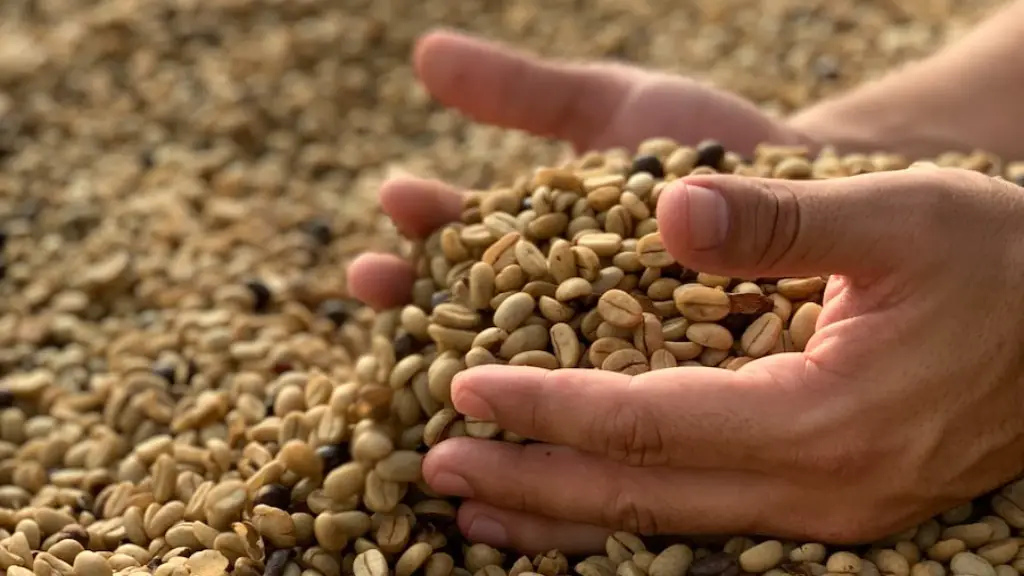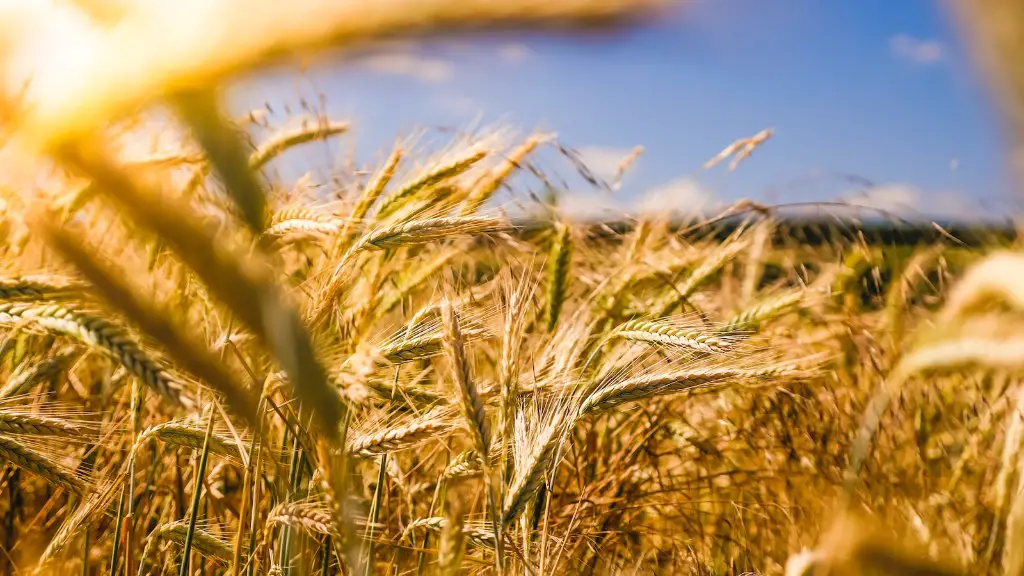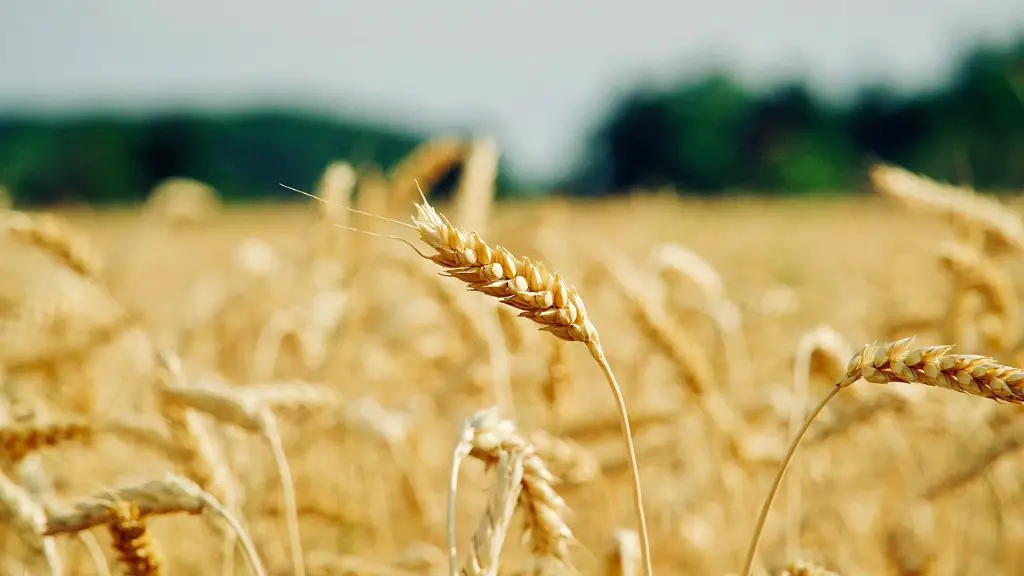Cellular agriculture is a field of biotech that deals with the production of agricultural products from cell cultures. This includes the production of meat, dairy, eggs, and even leather. The process usually begins with the isolation of cells from an animal or plant. These cells are then cultured in a lab, often on a scaffold made from an animal-free material. The cells are given the nutrients they need to grow and proliferate. Once they have reached the desired size, they are harvested and processed into the desired product.
In short, cellular agriculture is the process of growing animal products without the need for animal slaughter. This is done by extracting cells from a living animal and then culturing those cells in a controlled environment. The cultured cells are then used to create the desired animal product, such as meat, milk, or eggs. This process can be used to create products that are identical to those made from conventionally raised animals, but without the need for animal husbandry or slaughter.
What is an example of cellular agriculture?
Acellular agricultural products are those that do not contain cells. Examples of acellular agricultural products include milk, eggs, and vanilla. The second class is cell-based products; these contain cultured animal cells. Examples of cell-based products include meat-based foods like patties, sausages and steak.
Cellular agriculture is a new and exciting field that holds great promise for the future of food production. By replicating the cellular processes that occur in animals, we can create foods that are identical to their conventionally-produced counterparts, but without the need for actual animals. This could potentially lead to a more efficient and humane food system, as well as a more sustainable one.
How long does cellular agriculture take
The process of cell-based meat production is much faster than that of conventional meat production. In just three to four weeks, cell-based meat can be produced from start to finish, compared to the three months it takes to produce conventional meat. This is a significant difference that could have a major impact on the meat industry.
Acellular production is a type of agriculture where cells or microbes are used to produce fats and/or proteins, like eggs and milk. Unlike meat or leather, acellular agriculture products contain no cells or living material. This type of agriculture is still in its early stages of development, but has the potential to be a more efficient and humane way of producing food.
How do people grow food with cellular agriculture?
Cellular agriculture is a process of growing tissue outside of the body in a controlled environment. This is done by assembling cells from a specific species and tissue type onto a scaffold, which is then provided with nutrients and growth factors to promote cell growth. This process can be used to produce a variety of different tissues, including muscle, bone, and skin.
The US Food and Drug Administration (FDA) has cleared a lab-grown meat for human consumption. The agency evaluated chicken made from cultured animal cells from California-based Upside Foods and has “no further questions” about the safety of the lab-grown meat. This is a big step forward for the lab-grown meat industry, as the FDA’s approval is required in order for these products to be sold commercially.
What are the benefits of cellular agriculture?
Cellular agriculture has the potential to revolutionize the animal agriculture industry by providing a more efficient and humane way to produce animal products. This technology can help to meet the growing demand for animal products, while reducing the need for growth hormones and other drugs used in traditional animal agriculture. This could potentially have a positive impact on the environment and the welfare of animals, while still providing the world with the animal products they demand.
As the human population continues to grow, it is important to find sustainable sources of protein to feed everyone. Cellular agriculture is one potential solution. This type of agriculture involves growing meat and dairy products from cells in a laboratory, rather than from animals. This could be a more efficient and humane way to produce protein, as it would not require raising and slaughtering animals. Additionally, it would create less environmental pollution than traditional agriculture. Cellular agriculture is still in its early stages, but it shows promise as a sustainable source of alternative protein.
What is the process of cellular aquaculture
Cellular aquaculture is an exciting new technology that has the potential to revolutionize the seafood industry. This new process involves taking cells derived from the seafood species of interest and growing them to generate real seafood products with the same sensory experience and nutritional value of traditional seafood products. This new technology has the potential to create a more sustainable seafood industry by reducing the need for wild-caught fish and providing a safe and environmentally friendly alternative to traditional aquaculture.
The growth of meat in laboratory settings, often referred to as “lab-grown meat,” presents several potential advantages over traditional meat production. These advantages include decreased reliance on antibiotics, reduced greenhouse gas emissions, and improved animal welfare. However, lab-grown meat also faces several challenges.
One major challenge is the need for fetal bovine serum (FBS). FBS is a blood product derived from pregnant cows that is used to promote cell growth. It is currently the only known growth factor that can support the growth of certain types of cells used in lab-grown meat production. However, FBS is expensive and presents ethical concerns related to the slaughter of pregnant cows.
Another challenge facing lab-grown meat is the time and money needed to develop cell lines. Cell lines are groups of cells that can be cultured indefinitely. To date, only a few cell lines have been successfully used to produce lab-grown meat. developing additional cell lines that can be used to produce meat in the lab is a time-consuming and expensive process.
Despite these challenges, lab-grown meat holds promise as a more sustainable and humane alternative to traditional meat production.
What are the disadvantages of cellular agriculture?
Technology employed and expenditure on research and development increase the cost of the products and make it non-affordable at present. It is true that cultured products save many animals from being slaughtered.
There is a lot of debate surrounding lab-grown meat and whether or not it is considered artificial. Lab-grown meat is, in fact, real animal flesh. The only difference is that it is grown in a lab, not on a factory farm. Scientists are working to ensure that lab-created muscle tissue mimics the exact texture of traditionally-grown meat. This way, there is no difference in taste or texture for the consumer. Whether or not lab-grown meat is considered artificial is still up for debate.
Is cellular agriculture vegan
Cultured meat is a type of meat that is grown in a laboratory, using animal cells. It is sometimes referred to as “lab-grown meat” or “synthetic meat”. Cultured meat is not currently available for purchase, but there are several companies working on developing it.
While cultured meat is technically not vegan, it could potentially be consumed by vegans who have given up meat for animal welfare purposes. When cell-based meat products become widely available, vegans may consider eating them in order to reduce the number of animals that are slaughtered for food.
Cell-based meat is a new type of meat that is created by taking cells from an animal and culturing them in a controlled environment. This type of meat is not genetically modified, because the cells are not altered in any way. Therefore, cell-based meat will not contain genetically modified organisms.
What are the products of cellular agriculture?
Cellular agriculture has the potential to revolutionize the meat and animal product industries. By growing animal products directly from cell cultures, cellular agriculture could provide a more efficient and environmentally sustainable way to produce these products. Additionally, cellular agriculture could help to address some of the significant ethical concerns associated with conventional meat and animal product production, such as animal welfare and food safety. While research in the field is still in its early stages, the potential of cellular agriculture is significant and worth further exploration.
Isha Datar is the co-founder and CEO of New Harvest, a non-profit research institute dedicated to developing new ways to produce foods using cellular agriculture. In 2015, Datar coined the term “cellular agriculture” (often shortened to “cell ag”) in a New Harvest Facebook group.
Datar’s work is focused on finding more efficient, environmentally sustainable, and ethical ways to produce food. She is a strong advocate for the use of cellular agriculture to replace conventional animal agriculture, which she believes is cruel, unsustainable, and unnecessary.
Datar is a graduate of the University of Toronto and the London School of Economics.
Why is cellular agriculture expensive
The cost of cellular agriculture is largely due to the cost of the medium used to grow cells. This medium is made of sugars, salts, and amino acids and is typically replaced as the cells grow. The cost of this medium can be significant, but it is necessary for the production of cellular agriculture.
Cellular agriculture offers the opportunity to create more efficient and healthier protein sources. By manipulating the cells of a desired organism, it is possible to create a better environment for the cells to grow and produce more protein. Additionally, unhealthy factors can be removed from the final product through cellular agriculture. This approach has the potential to create more sustainable and healthier protein sources for the future.
Final Words
In cellular agriculture, cells are cultured in a controlled environment outside of an animal or plant. This allows for the production of agricultural products without the need for land, water, or sunlight. The cells are then harvested and used to create food, cosmetics, and other products.
Cellular agriculture is a process of manufacturing meat, milk, eggs, and other animal products using cell cultures instead of whole animals. The process is more efficient and humane than traditional methods of animal agriculture, and could help to mitigate the negative environmental impacts of the livestock industry.
